Most of my day is spent thinking about invisible things. Well, not quite invisible, just reeeeally small. The tiny things I spend every waking hour (and most sleeping ones) obsessing over are the following: bacteria, DNA, and impossibly small wasps. And yes, I think of them all at the same time. I study symbiosis. Here is what The Oxford English Dictionary has to say about symbiosis:
noun (plural symbioses ˌsɪmbɪˈəʊsiːzˌsɪmbʌɪˈəʊsiːz)
[mass noun] Biology
1. Interaction between two different organisms living in close physical association, typically to the advantage of both.
Symbioses are common. We are in a symbiotic relationship with all the bacteria in our guts, for example. My favorite symbiotic relationship is between a bacterium known as Wolbachia, and a very small wasp known as Trichogramma.
noun (plural symbioses ˌsɪmbɪˈəʊsiːzˌsɪmbʌɪˈəʊsiːz)
[mass noun] Biology
1. Interaction between two different organisms living in close physical association, typically to the advantage of both.
Symbioses are common. We are in a symbiotic relationship with all the bacteria in our guts, for example. My favorite symbiotic relationship is between a bacterium known as Wolbachia, and a very small wasp known as Trichogramma.
The image that often comes to mind upon hearing the word "wasp" is that of a large, black and yellow insect that stings and lives in a nest with others of its kind. Trichogramma don't fall into this category: they are less than half of a millimeter in length, they prefer the solitary life, and they wont sting you. In fact, most wasps are more like Trichogramma, we just don't notice them. And while they may not sting you, the females will sting something. That something might be a tree, another insect, or even another wasp. When a small Trichogramma stings its preferred sting-ee (moth and butterfly eggs) it is in fact laying an egg. Once Trichogramma inserts an egg, the wasp will develop inside of the moth egg, eating what would have hatched into a caterpillar. A week or two later, instead of a wee caterpillar, an adult wasp hatches out of the egg shell. This is known as parasitism; Trichogramma is a parasitoid wasp. Other species of parasitoid wasps will lay their eggs in or on caterpillars, spiders, grubs, maggots, eggs of other insects, you name it. There are estimated to be more than half a million species of parasitoid wasps, each with their own particular preferences of where to lay eggs. There is a whole world of these tiny creatures out there that most are not aware of.
In the laboratory, we can watch all this happen.
In the laboratory, we can watch all this happen.
In the lab, I have small vials that can each hold thousands of wasps. For a frame of reference, the vials in these photos are 1.2 cm in diameter. All you have to do is supply the wasps with eggs. We also give the adults a little bit of honey to feed on. We sprinkle hundreds of moth eggs on double sided tape adhered to an index card and cut off small sections to put into the vials with the wasps. The female wasps will sting the moth eggs, and 10 days later a new generation of adults will hatch.
The egg cards above are made with Ephesitia moth eggs. From each Ephestia egg, one Trichogramma will hatch. However, if we let the Trichogramma sting a larger moth egg, multiple wasps will develop within the same host. Manduca moth eggs can harbor twenty or more Trichogramma wasps.
This alien-like lifestyle is found in other insects, too. There are flies, moths, and beetles that are parasitoids, making their living by exploiting other insects. Parasitoid insects are useful to humans -- we release them to sting the caterpillars and other pests that attack our beloved crops. This complicated system of insects inside insects, like Russian nesting dolls, is further complicated by the bacteria that live inside the "insects that live inside insects" (say that three times fast). As I mentioned previously, my favorite partner to Trichogramma is the bacterium Wolbachia.
Wolbachia is particularly intriguing because it lives inside of 40-60% of all insect species, as well as other arthropods (like spiders and scorpions) and even some nematodes (small worm-like animals). Insects alone represent more than half of earth's biodiversity. It is clear that Wolbachia is a very successful bacterium. The reason Wolbachia is so successful is that is has evolved to manipulate its host animal in some way. In my favorite little Trichogramma wasps, Wolbachia does this by making all of the wasp's offspring female. Wolbachia is only passed from a female to her offspring; males are a dead-end for the bacterium. So, by ensuring only female offspring, Wolbachia proliferates rapidly.
The wasps I study are asexual. No mating. No males. Just Wolbachia-infected females producing more Wolbachia-infected females.
This sort of arrangement might sound like Wolbachia is cheating. (Though the poor moths might think Trichogramma are the cheaters.) Here, Wolbachia acts more like a parasite, an unwelcome guest. However, Wolbachia can also provide benefits to the animal host that it lives within. In some relationships, Wolbachia protects its host against diseases. In others, Wolbachia provides nutrients to the host. So, is Wolbachia a parasite? Yes. But is it beneficial? Also, yes. My research focuses on this special form of symbiosis: where parasitism meets and evolves into a mutualistic relationship. I explore how this cozy living arrangement has sculpted the genes and genomes (the DNA) of these partners.
We can't see the DNA inside the bacteria inside the wasp inside the moth with our naked eye. A nice microscope is helpful to see the moth, even -- the largest of the players in this chain. But these small, nearly invisible things have huge impacts on ecosystems. Wolbachia means more female Trichogramma. More female Trichogramma results in more parasitized moth eggs. More parasitized moth eggs lead to fewer caterpillars attacking our tomato plants. Trichogramma is but one example of this impact. There are hundreds of thousands of other teeny tiny parasitoid wasps out there with their own microbes, hosts, and tendencies, shaping the world we live in.
Wolbachia is particularly intriguing because it lives inside of 40-60% of all insect species, as well as other arthropods (like spiders and scorpions) and even some nematodes (small worm-like animals). Insects alone represent more than half of earth's biodiversity. It is clear that Wolbachia is a very successful bacterium. The reason Wolbachia is so successful is that is has evolved to manipulate its host animal in some way. In my favorite little Trichogramma wasps, Wolbachia does this by making all of the wasp's offspring female. Wolbachia is only passed from a female to her offspring; males are a dead-end for the bacterium. So, by ensuring only female offspring, Wolbachia proliferates rapidly.
The wasps I study are asexual. No mating. No males. Just Wolbachia-infected females producing more Wolbachia-infected females.
This sort of arrangement might sound like Wolbachia is cheating. (Though the poor moths might think Trichogramma are the cheaters.) Here, Wolbachia acts more like a parasite, an unwelcome guest. However, Wolbachia can also provide benefits to the animal host that it lives within. In some relationships, Wolbachia protects its host against diseases. In others, Wolbachia provides nutrients to the host. So, is Wolbachia a parasite? Yes. But is it beneficial? Also, yes. My research focuses on this special form of symbiosis: where parasitism meets and evolves into a mutualistic relationship. I explore how this cozy living arrangement has sculpted the genes and genomes (the DNA) of these partners.
We can't see the DNA inside the bacteria inside the wasp inside the moth with our naked eye. A nice microscope is helpful to see the moth, even -- the largest of the players in this chain. But these small, nearly invisible things have huge impacts on ecosystems. Wolbachia means more female Trichogramma. More female Trichogramma results in more parasitized moth eggs. More parasitized moth eggs lead to fewer caterpillars attacking our tomato plants. Trichogramma is but one example of this impact. There are hundreds of thousands of other teeny tiny parasitoid wasps out there with their own microbes, hosts, and tendencies, shaping the world we live in.
My name is Amelia Lindsey and I am a 4th year Ph.D. candidate at UCR, working with Dr. Richard Stouthamer on the evolutionary genomics of symbiosis. I took all of the photos in this post, and you can find me on twitter: @Amelia_Lindsey
I am grateful to be funded by the National Science Foundation, the United States Department of Agriculture, and a van den Bosch Memorial Scholarship.
This work was supported by the National Science Foundation (DEB 1501227) and the United States Department of Agriculture (NIFA 2016-67011-24778). Any opinions, findings, and conclusions or recommendations expressed in this material are those of the author and do not necessarily reflect the views of the National Science Foundation or the United States Department of Agriculture.
I am grateful to be funded by the National Science Foundation, the United States Department of Agriculture, and a van den Bosch Memorial Scholarship.
This work was supported by the National Science Foundation (DEB 1501227) and the United States Department of Agriculture (NIFA 2016-67011-24778). Any opinions, findings, and conclusions or recommendations expressed in this material are those of the author and do not necessarily reflect the views of the National Science Foundation or the United States Department of Agriculture.
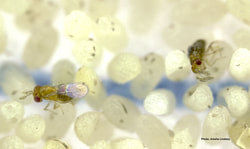
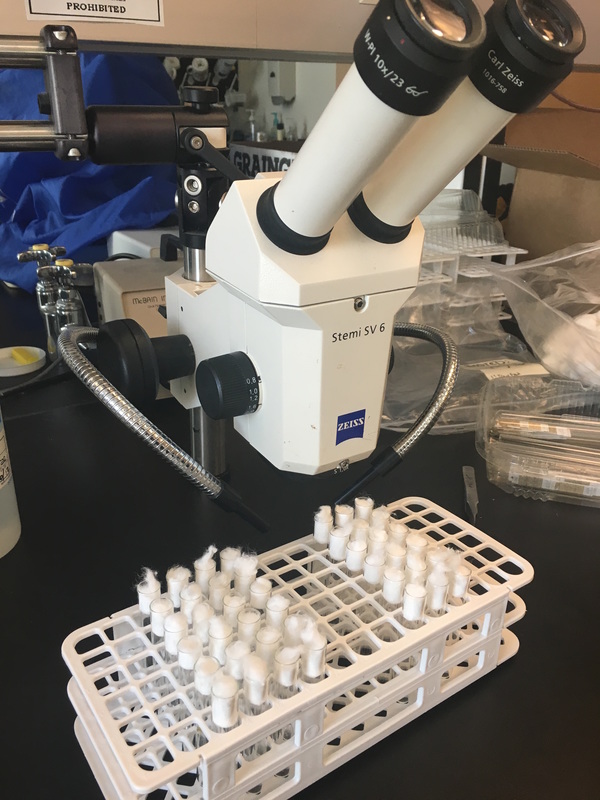
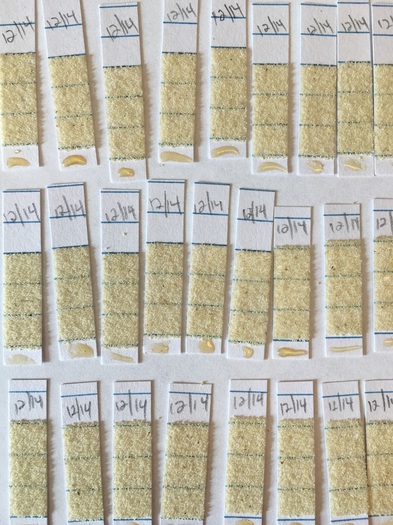
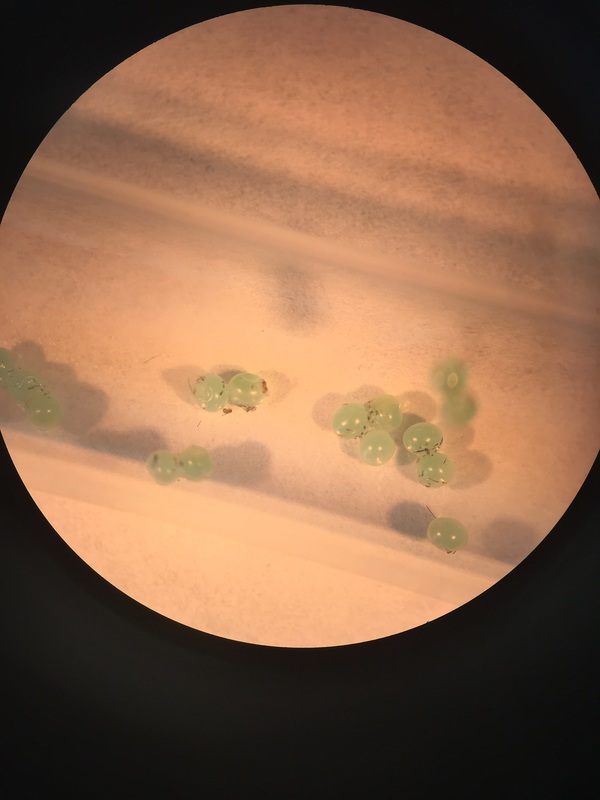
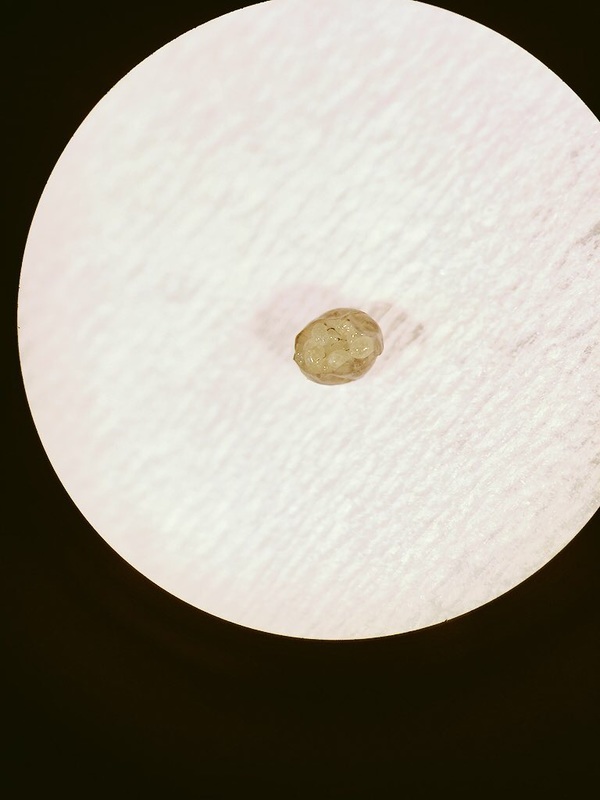
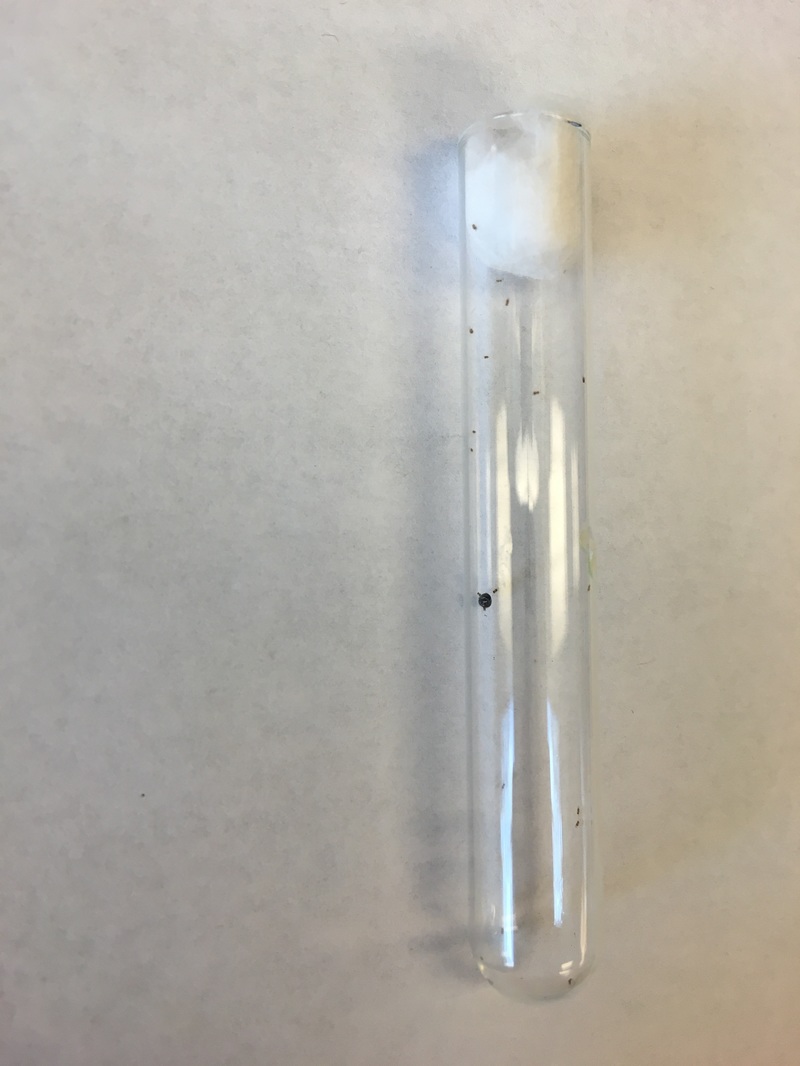
 RSS Feed
RSS Feed
